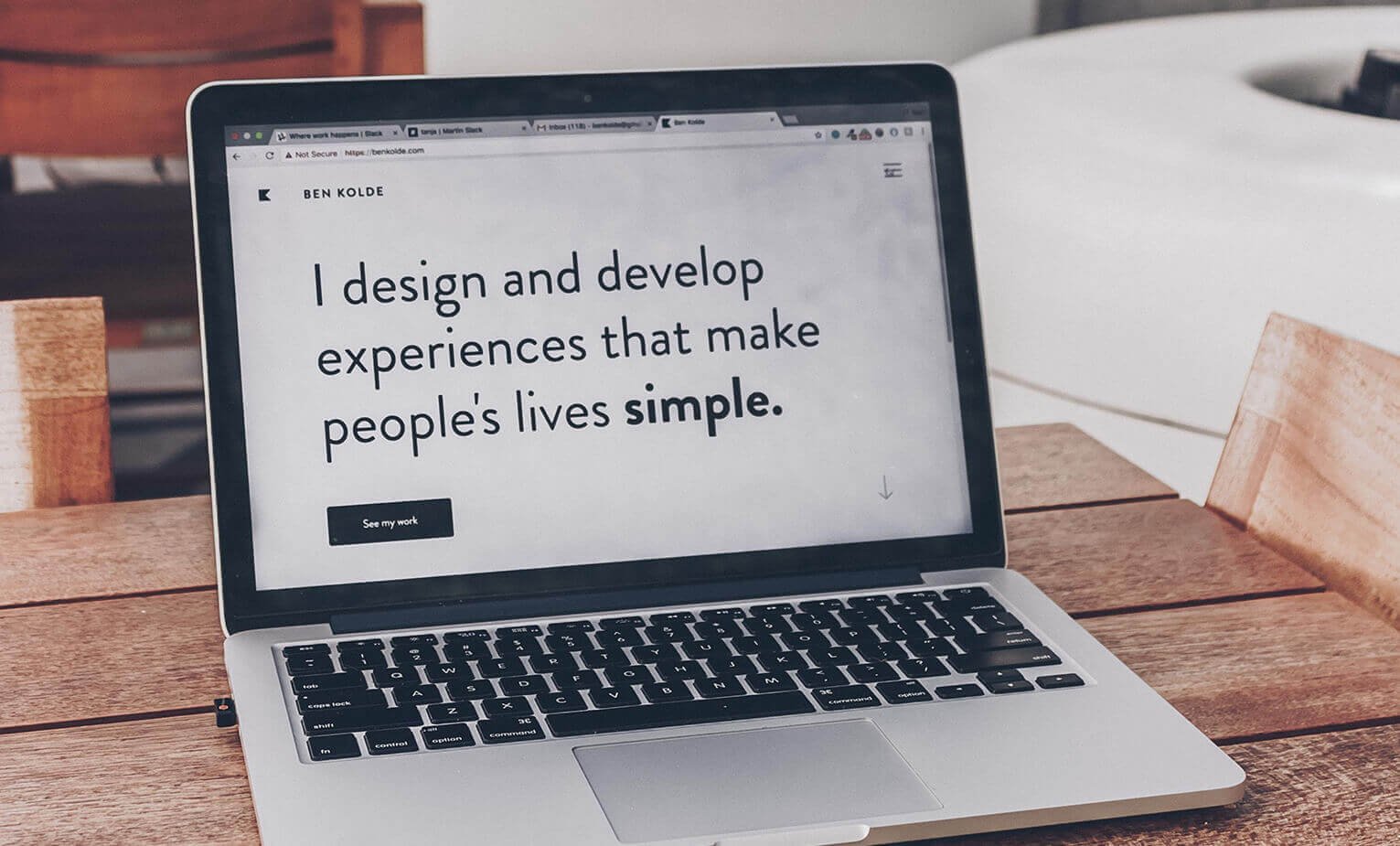Branding often ends up on a startup's "later" list, after product, after funding, after hiring. The thinking goes: Let's get the MVP out first, we'll deal with branding once we're stable. The problem? By the time most startups come around to it, they've already lost ground.
A weak brand doesn't just look unpolished, it confuses customers, stalls growth, and puts early trust at risk. In a market where attention is short and competition is endless, branding isn't a cosmetic choice. It's a business decision.
Let's break down why most startups get it wrong and what to do instead.
Mistaking Branding for a Logo
This is the classic pitfall. Many founders think branding stops at a name, a logo, and a color scheme. Those things matter, but they're not your brand, they're just signals of it.
Your brand is your position, your personality, your promise, and the feeling people associate with you. It's what makes someone trust you, remember you, or choose you again.
If you're launching a product or service and can't clearly explain who it's for, why it's different, and what it stands for, the brand isn't ready, even if the tech is.
The Cost of Copy-Paste Identity
It's tempting to look at successful startups and borrow what works: minimalist aesthetic, sans-serif logo, one-liner tagline. But brand identity isn't a template. When you skip the strategy, what you get is a forgettable brand that blends into the noise.
Founders often underestimate how quickly people form impressions. If your messaging is generic or your visuals look like everyone else's, potential users don't get clarity, they get confusion.
And in early-stage business, confusion kills momentum.
What Good Branding Actually Looks Like
Solid branding does four things:
- Positions your product clearly in the market
- Builds emotional connection with your audience
- Drives consistency across touchpoints
- Grows with your business over time
This includes your tone of voice, how you write landing page copy, how your social posts sound, what values you emphasize, and how people describe you when you're not in the room.
In other words, branding is baked into every decision, from how your app feels to how your emails are signed off.
Startups Need More Than Pretty Design
A great logo can't fix unclear positioning. A trendy typeface won't solve messaging problems. That's why good branding starts with asking hard questions:
- Who are we for?
- What problem are we solving?
- Why would someone trust us over others?
- What do we want to sound and feel like?
When those questions are answered honestly, the rest of the branding process flows with purpose, not guesswork.
How Ripple Minds Builds Brands That Stick
At Ripple Minds, branding isn't handled in isolation. We look at the bigger picture: the business model, the audience, the competitive landscape, and the founder's vision. Through strategy sessions, design direction, voice development, and content architecture, we help early-stage businesses build brands that are not just beautiful but believable.
We've worked with startups who had great products but zero brand clarity. After going through our brand process, they didn't just look better, they sold better, communicated better, and grew faster.
Final Thought
If you're building something new, your brand is already forming, whether you shape it intentionally or not. So why leave it to chance?
Good branding isn't expensive fluff. It's a smart investment that saves time, builds trust early, and gives your startup the foundation to grow with direction.


